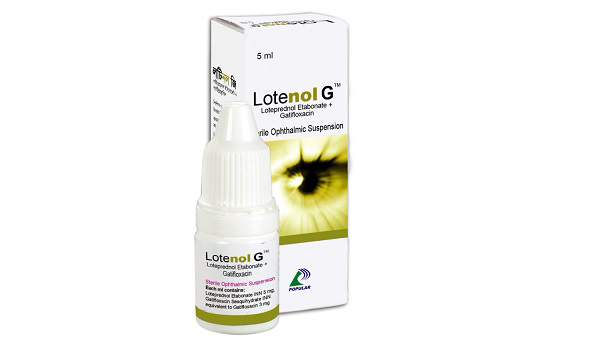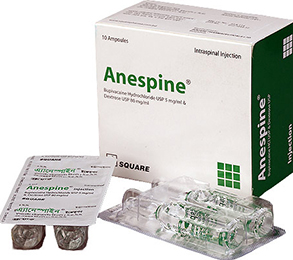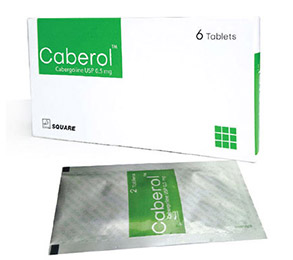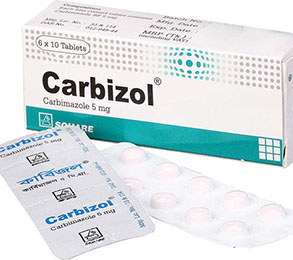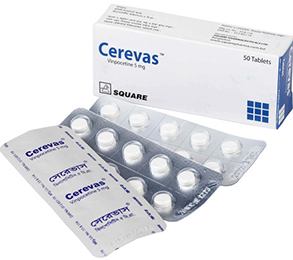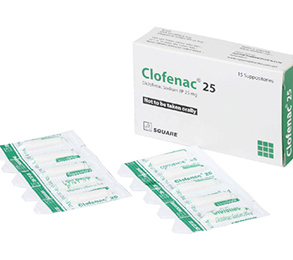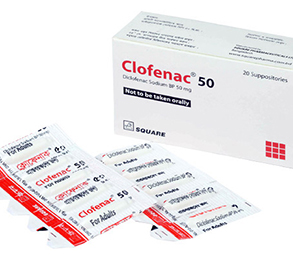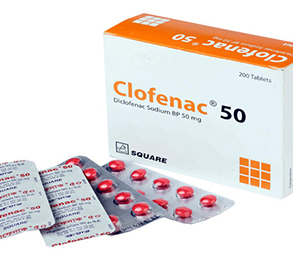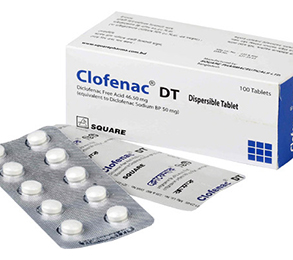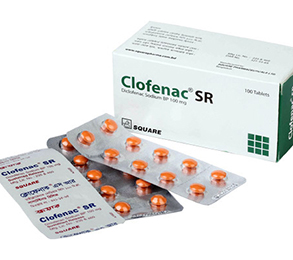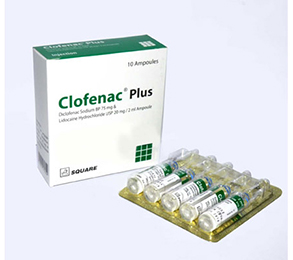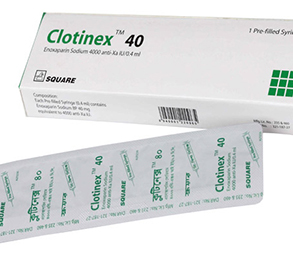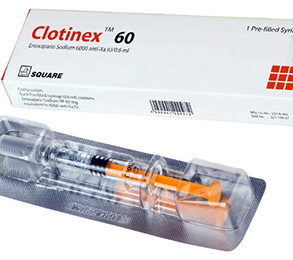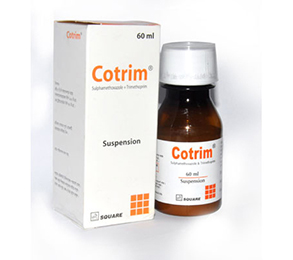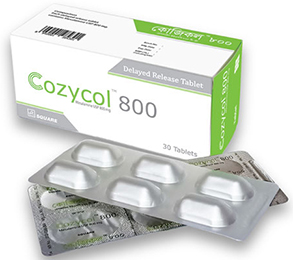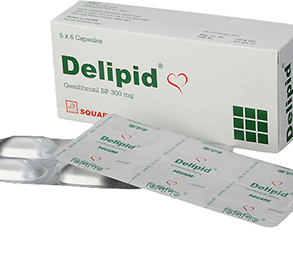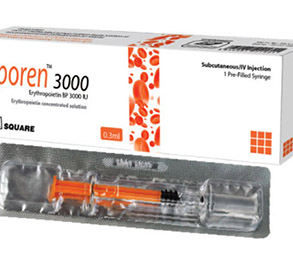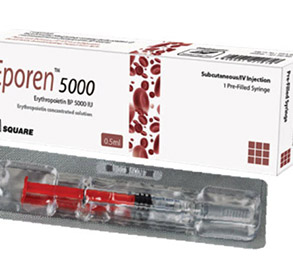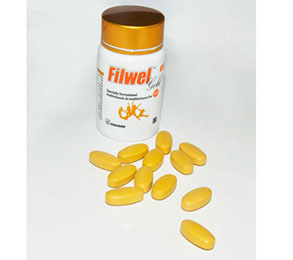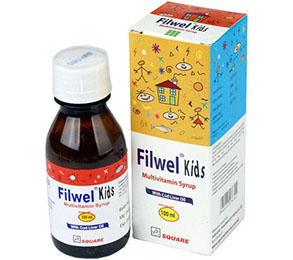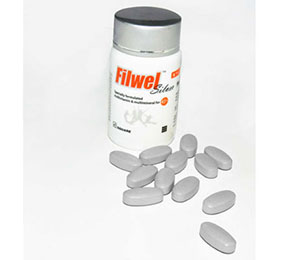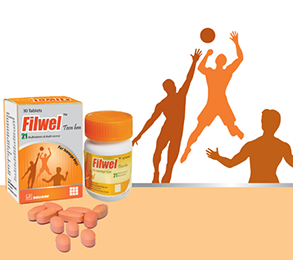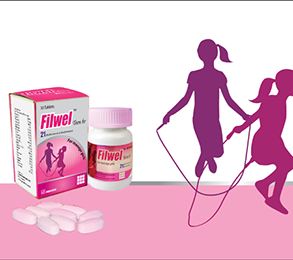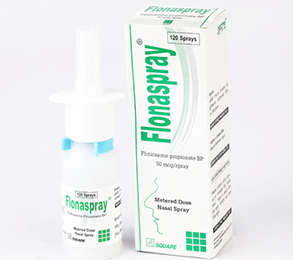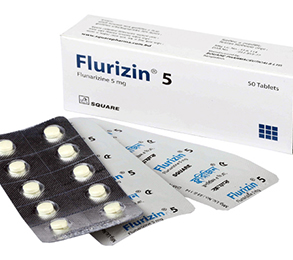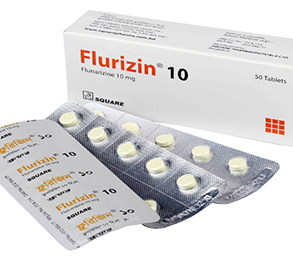Lotenol G Suspension 0.5%+0.3% 1 Pc
Alternative products
Loteprednol Etabonate + Gatifloxacin
Composition
Each ml sterile ophthalmic suspension contains:
- Active substances: Loteprednol Etabonate 5 mg and Gatifloxacin 3 mg.
- Preservative: Benzalkonium Chloride 0.05 mg.
Indications
This ophthalmic suspension is indicated for steroid-responsive inflammatory ocular conditions for which a corticosteroid is indicated and where superficial bacterial ocular infection or a risk of bacterial ocular infection exists. Ocular steroids are indicated in inflammatory conditions of the palpebral and bulbar conjunctiva, cornea and anterior segment of the globe such as allergic conjunctivitis, acne rosacea, superficial punctate keratitis, herpes zoster keratitis, iritis, and cyclitis. It is also indicated for the treatment of post-operative inflammation following ocular surgery.
Pharmacology
This is a sterile ophthalmic suspension containing Loteprednol Etabonate (corticosteroid) and Gatifloxacin (antibiotic) for topical administration to the eyes.
Loteprednol are thought to act by the induction of phospholipase A2 inhibitory proteins, collectively called lipocortins. It is postulated that these proteins control the biosynthesis of potent mediators of inflammation such as prostaglandins and leukotrienes by inhibiting the release of their common precursor arachidonic acid. Arachidonic acid is released from membrane phospholipids by phospholipase A2.
Gatifloxacin: The antibacterial action of gatifloxacin results from inhibition of DNA gyrase and topoisomerase IV. DNA gyrase is an essential enzyme that is involved in the replication, transcription, and repair of bacterial DNA. Topoisomerase IV is an enzyme known to play a key role in the partitioning of the chromosomal DNA during bacterial cell division. The mechanism of action of fluoroquinolones including gatifloxacin is different from that of aminoglycoside, macrolide, and tetracycline antibiotics. Therefore, gatifloxacin may be active against pathogens that are resistant to these antibiotics and these antibiotics may be active against pathogens that are resistant to gatifloxacin. Gatifloxacin has been shown to be active against most isolates of the following organisms both microbiologically and clinically. Aerobic Gram-Positive Bacteria: Staphylococcus aureus Staphylococcus epidermidis Streptococcus mitis group Streptococcus oralis Streptococcus pneumoniae Aerobic Gram-Negative Bacteria: Haemophilus influenza
Dosage & Administration
Apply one or two drops of sterile ophthalmic suspension into the conjunctival sac of the affected eye(s) every four to six hours. During the initial 24 to 48 hours, the dosing maybe increased, to every one to two hours. Frequency should be decreased gradually as warranted by improvement in clinical signs. Care should be taken not to discontinue therapy prematurely.
* চিকিৎসকের পরামর্শ মোতাবেক ঔষধ সেবন করুন'
Interaction
No drug interaction is reported yet. If several medicines are to be administered to the eye, there should be an interval of at least 5 minutes between each application.
Contraindications
This sterile ophthalmic suspension is contraindicated in most viral diseases of the cornea and conjunctiva including epithelial herpes simplex and also in mycobacterial infection of the eye and fungal diseases of ocular structures. It is also contraindicated in known hypersensitivity to any of the ingredients of this preparation. It is also contraindicated in patients with a history of hypersensitivity to other quinolones, acetylsalicylic acid and other no steroidal inflammatory medicines.
Side Effects
Adverse reactions have occurred with steroid/anti-infective combination drugs which can be attributed to the steroid component or the anti-infective component, or the combination. Reactions associated with ophthalmic steroids include elevated IOP, which may be associated with infrequent optic nerve damage, visual acuity and field detects, posterior sub capsular cataract formation, delayed wound healing, and secondary ocular infections from pathogens including herpes simplex, and perforation of the globe where there is thinning of cornea or sclera. The most frequently reported adverse effects for gatifloxacin in the overall study population were conjunctival irritation, increased lacrimation, keratitis and papillary conjunctivitis. These events occurred in approximately 5-10% of patients. Other reported reactions occurring in 1-4% of patients were chemosis, conjunctival hemorrhage, dry eye, eye discharge, eye irritation, eye pain, eyelid edema, headache, red eye, reduced visual acuity and taste disturbance. Redness was the most commonly observed adverse event occurring in 6%. Itching, discharge photophobia and blurred vision were seen in less than 2% cases.
Pregnancy & Lactation
No data found
Precautions & Warnings
The preparation should not be injected sub conjunctively, nor should it be introduced directly into the anterior chamber of the eye. If this product is used for 10 days or longer, intraocular pressure should be monitored. Fungus invasion must be considered in any persistent corneal ulceration where a steroid has been used or is in use. If redness or itching becomes aggravated, the patient should be advised to consult a physician. Patients who wear soft contact lenses and whose eyes are not red, should be instructed to wait at least ten minutes after instilling it before they insert their contact lenses.
Therapeutic Class
Ophthalmic steroid - antibiotic combined preparations
Storage Conditions
Store at room temperature & protect from light. Do not touch dropper tip to any surface. It is desirable that the contents should not be used one month after first opening of the bottle. Protect from freezing.
- Type Suspension
- Tag
- Morbi leo risus
- Porta ac consectetur ac
- Vestibulum at eros
